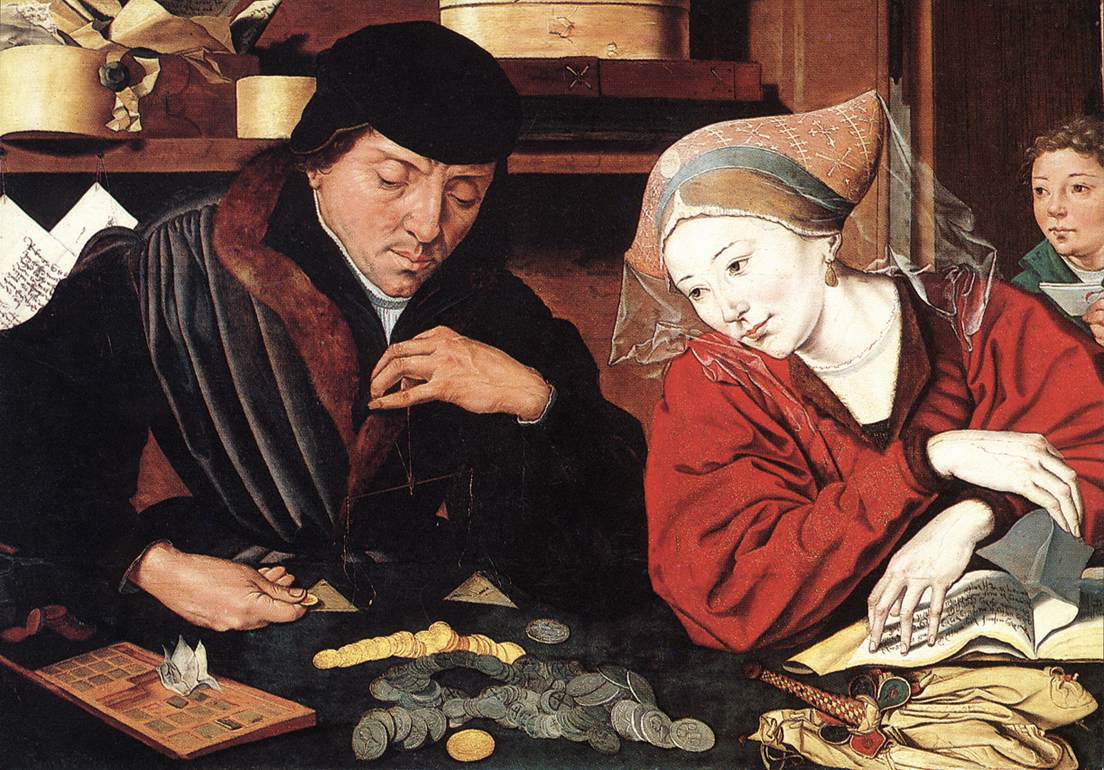An interesting problem psychologists have been dealing with is that of the “happy poor”, who are more cheerful and carefree than many rich but stressed people. Once study undertaken by Robert Biswas – Diener among the homeless and slum dwellers of Calcutta found that in many spheres – family life, friendship, morality, food, and joyfulness – their satisfaction level was barely lower than that of university students. Conversely, those who live on the streets or in the shelters of San Francisco, and who are generally without social and emotional attachments, claim to be far more unhappy. Sociologists attempt to explain this phenomenon by the fact that many of the Calcutta poor have abandoned the hope of improving their social and financial status and are therefore not anxious on that score. Furthermore, they are far more easily satisfied when they obtain anything, such as food and the like. Happyho also provides best Meditation and Tarot classes in Noida and Delhi NCR India area
This is not merely putting a rosy face on things. When I lived in a poor neighbourhood of Delhi, where I was printing Tibetan texts, I knew a lot of rickshaw Wallahs, men who pedal all day long , carrying passengers in the back of their ancient tricycles. On winter nights, they gather in little groups on the street around fires fed with empty crates and cartons,. Conversation and laughter are raucous and those who can sing belt out popular songs. Then they go to sleep, curled up on their tricycle seats. They don’t lead easy lives -far from it – but can’t help thing that their good natures and insouciance make them happier than many a victim of stress in a Parisian ad agency or the stock market. I also remember an old Bhutanese peasant. Once when the young abbot of my monastery gave him a gift of a new shirt and one thousand rupees, he looked completely disconcerted and told him that he had never possessed more than three hundred rupees at any time. When the abbot asked him if he had any worries he thought for a while and then answered:
“Yes, Leeches, when I walk through the forest in the rainy season.”
What else”?
“Nothing else”.
Eighty percent of Americans claim to be happy! But the situation is far from being as encouraging as it looks. Despite the improvement in material conditions, depression is now ten times as prevalent as it was in 1960 and affects an ever younger sector of the population. Forty years ago, the mean age of people succumbing to depression for the first time was twenty nine; today it’s fourteen. Suicide is the cause of 2 percent of deaths worldwide every year, which ranks it above war and murder. In United States suicides triggered by bipolar depression once called manic depression is the second leading cause of death among teenage girls and the third among teenage boys, and in Sweden suicide among students has risen 260 percent since 1950.
According to a number of studies reviewed by Richard Layard, this rise may be related to many factors such as a decreased sense of trust among people, the breaking up of families, the influence of violence being constantly thrust upon television viewers, the fact that people increasingly live alone and the fewer belong to associations organised around culture, sports, politics, philanthropy, and service to the poor and the elderly.





